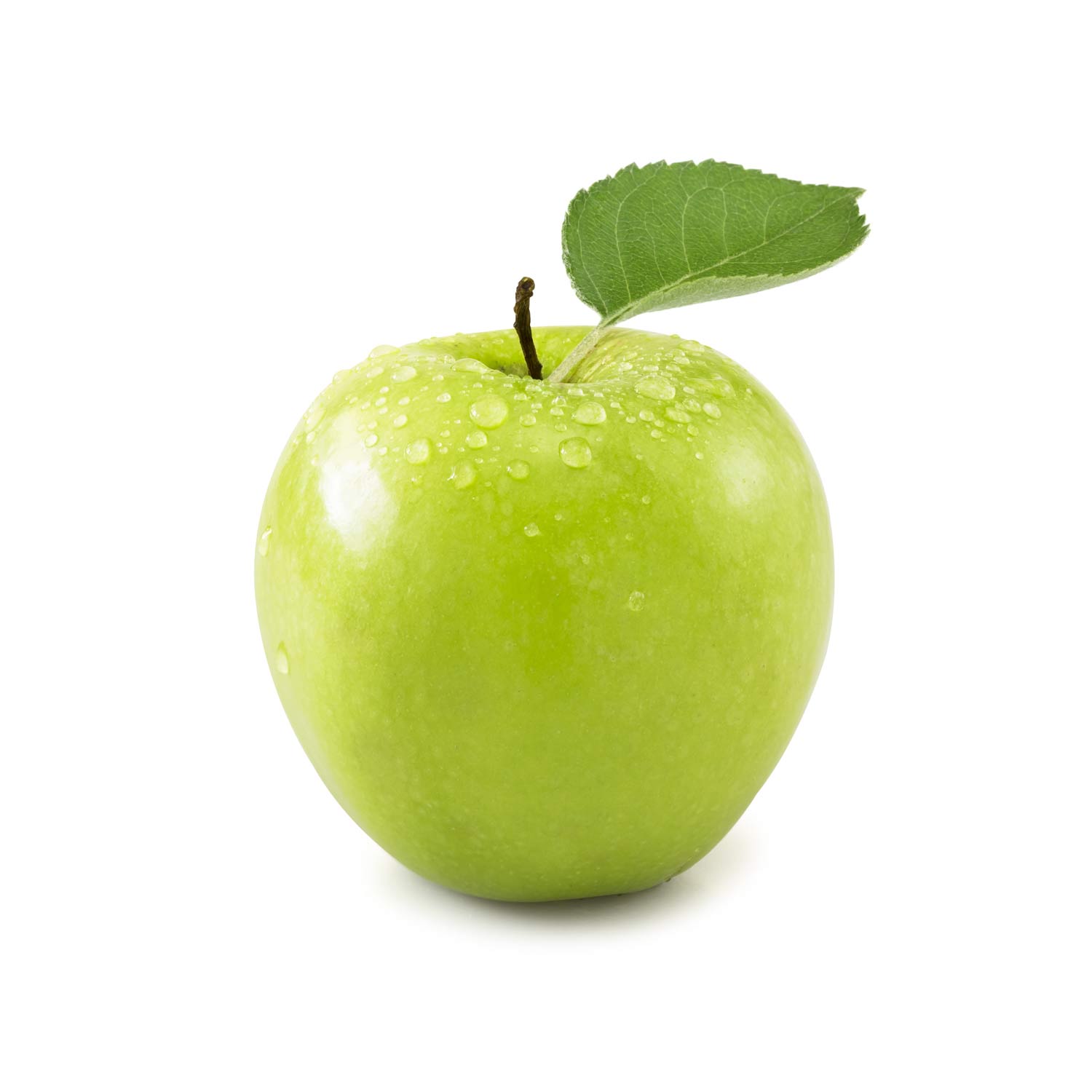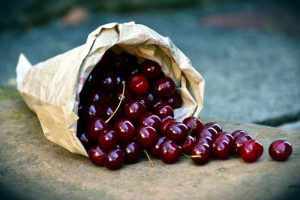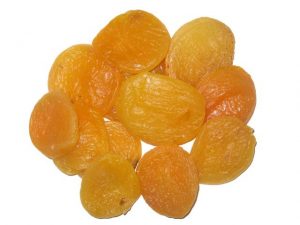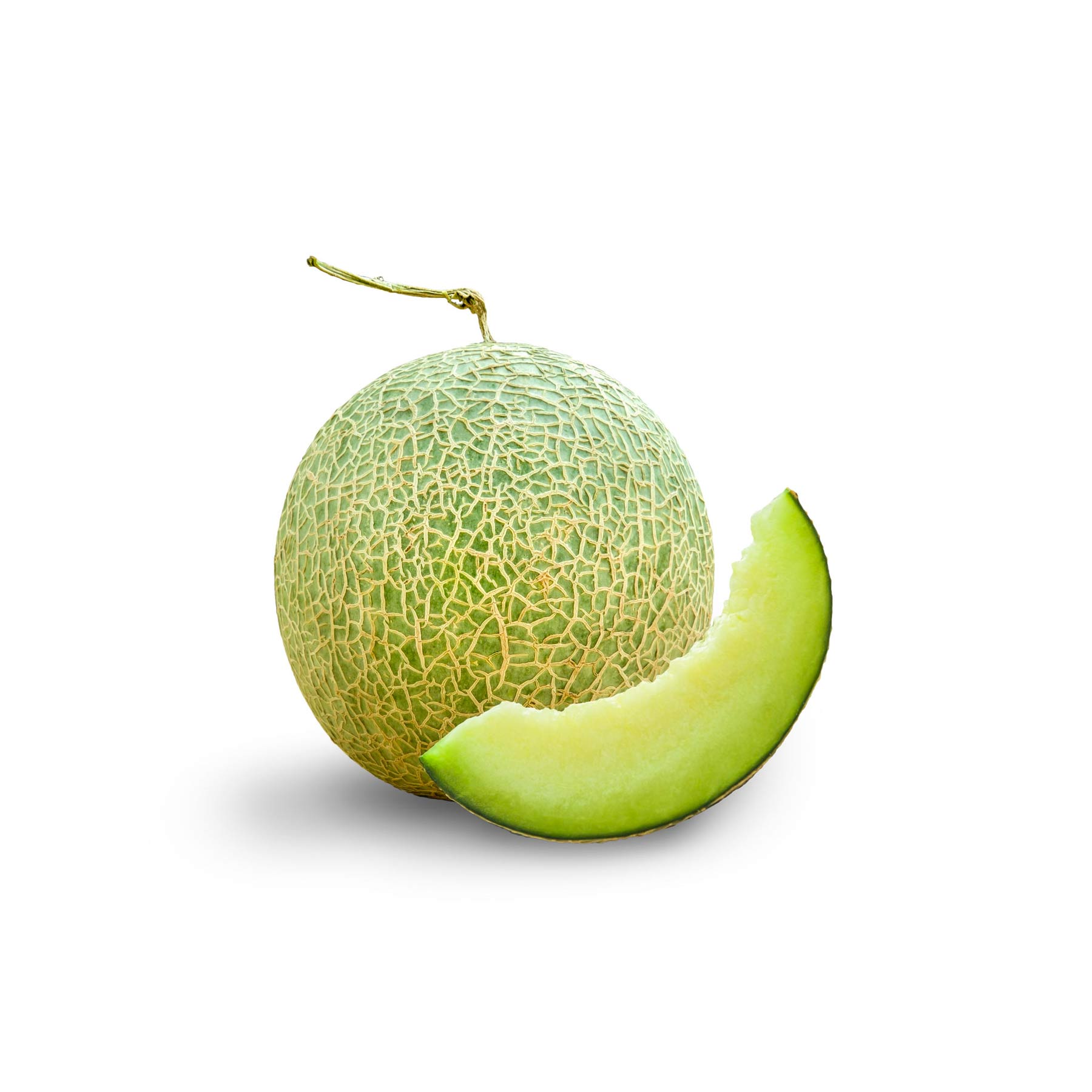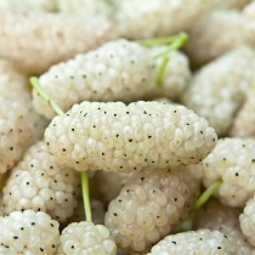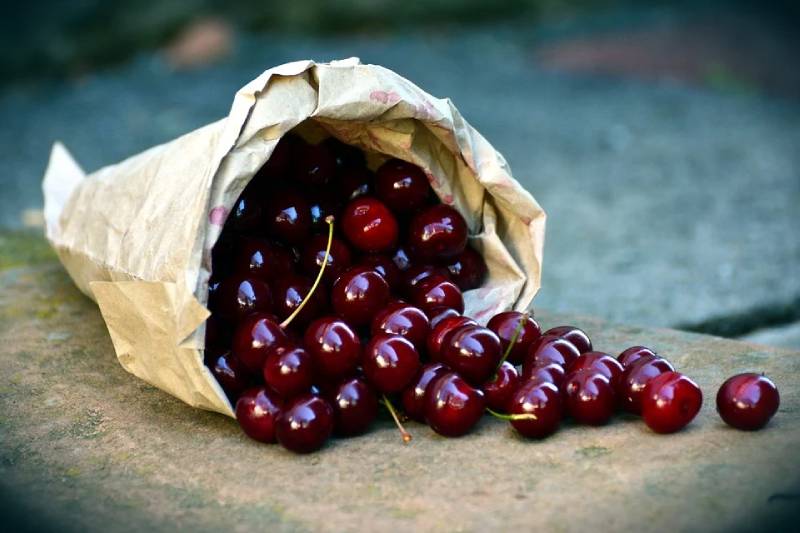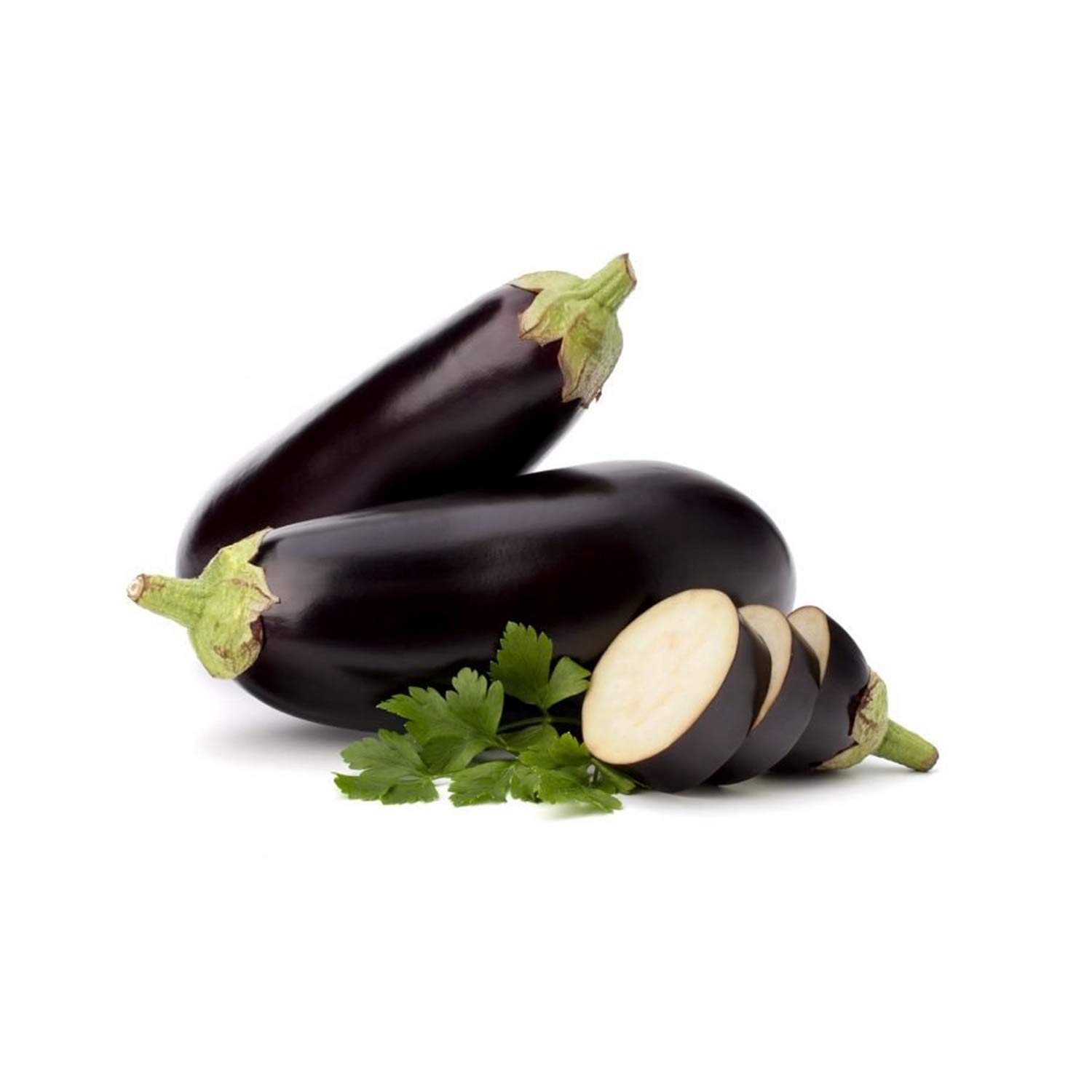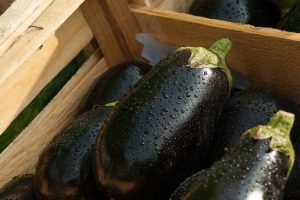The Crisp and Flavorful Choice
Why Choose Persian Green Apples for Import?
Persian green apples, also known as Granny Smith apples, are renowned for their crisp texture and tart flavor. Not only are they a favorite among consumers, but they also provide an excellent opportunity for importers to supply high-quality produce. With their vibrant green color and juicy flesh, these apples can be enjoyed fresh, cooked, or juiced. Therefore, this guide explores their nutritional benefits, culinary uses, and tips for importing Persian green apples, demonstrating why they are a valuable addition to your product line.
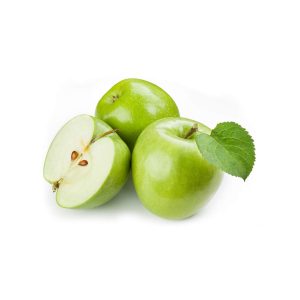


Nutritional Benefits of Persian Green Apples
1. Rich in Essential Nutrients
Persian green apples contain essential vitamins and minerals that support overall health. For instance, they are an excellent source of vitamin C, providing about 14% of the recommended daily intake in just one medium apple. Vitamin C strengthens the immune system, supports collagen production, and promotes healthy skin. In addition, dietary fiber in these apples aids digestion and helps maintain a healthy gut.
2. Low in Calories and High in Fiber
One of the best features of Persian green apples is their low-calorie content. With only about 95 calories per medium apple, they make a satisfying snack without guilt. Moreover, their high soluble fiber content promotes feelings of fullness, supporting weight management and helping control appetite.
3. Rich in Antioxidants
Persian green apples also contain powerful antioxidants, including quercetin and flavonoids. These compounds combat oxidative stress and reduce inflammation, which lowers the risk of chronic diseases such as heart disease and certain cancers. Consequently, importing Persian green apples allows you to offer consumers a fruit that is both delicious and health-supporting.
Culinary Uses of Persian Green Apples
1. Fresh Eating and Snacks
Persian green apples are perfect for fresh eating. Because of their crisp texture and tart flavor, they work well on their own or paired with nut butter for added protein. Additionally, you can slice them for cheese platters, where their refreshing taste contrasts beautifully with rich cheeses.
2. Baking and Cooking
These apples also perform well in baking and cooking. For example, their firm flesh holds up in pies, tarts, and crisps. Furthermore, you can sauté them with spices for a flavorful side dish or add them to salads and stir-fries for a touch of sweetness.
3. Juices and Smoothies
Persian green apples can be juiced or blended into smoothies for a refreshing beverage. In particular, their tartness enhances the flavors of other fruits and vegetables. For instance, a smoothie made with Persian green apples, spinach, and banana provides a delicious, nutrient-packed drink.
Tips for Importing Persian Green Apples
1. Selecting Quality Apples
When importing Persian green apples, ensure that you select high-quality produce. Look for apples that are firm, shiny, and free of blemishes or bruises. Also, choose fruits with a bright green color, which indicates ripeness and freshness.
2. Storage and Transport
Proper storage and transportation are essential for maintaining apple quality. Keep the apples at a cool temperature in well-ventilated containers to prevent spoilage. Moreover, transporting them under refrigerated conditions preserves their crispness and flavor.
3. Marketing the Health Benefits
When marketing Persian green apples, highlight their nutritional benefits, versatility, and unique flavor. Educate consumers about their advantages, such as low calories, high fiber, and rich antioxidant content. Finally, use engaging visuals and recipes to showcase the many ways these apples can be enjoyed.

